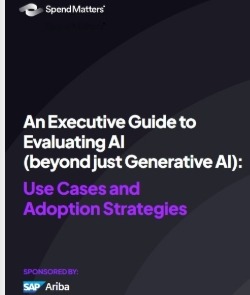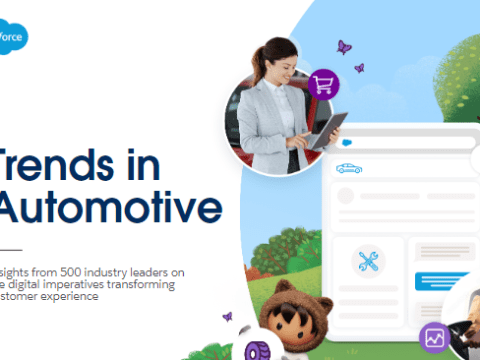
Unlocking the Potential of AI in Procurement
In 2023, much of the focus in AI technology has been on Generative AI (GenAI), such as large language models (LLMs) like GPT-4. While these tools have transformed user experiences with their engaging and conversational interfaces, they have often overshadowed other forms of artificial intelligence (AI) and machine learning (ML) that deliver value in more specific, everyday business tasks.
This guide explores how AI in procurement—from source-to-pay (S2P) processes to supplier management—can unlock new levels of efficiency, predictive insights, and automation. Both traditional AI/ML and Generative AI offer complementary benefits. Understanding how they can be effectively integrated into procurement workflows will help executives navigate the complex landscape of emerging technologies.
Why Traditional AI and Generative AI Are Both Necessary for Supply-Side Automation
Procurement leaders are struggling with increasingly complex data and risk management challenges. According to the 2023 Deloitte CPO Study, 70% of CPOs have seen rising risks, while 87% agree that talent is the most critical driver of procurement performance. However, half of CPOs feel under-resourced in digital capabilities.
In this context, AI and ML are essential for augmenting human decision-making, automating repetitive tasks, and enhancing data-driven insights. By focusing on both traditional AI (for structured, predictive tasks) and Generative AI (for more complex, conversational processes), procurement can scale efficiently.
Key AI Use Cases in Procurement
1. Spend Analytics
AI is transforming spend data management by automating tasks like:
- Taxonomy-building: Structuring spend data across various categories (e.g., suppliers, contracts).
- AI-based Classification: Using supervised learning models to categorize spend data accurately, improving data quality.
- Graph Databases: Enhancing knowledge modeling and providing deeper, richer insights into procurement data.
These tools allow procurement teams to gain better visibility and actionable insights into their spending patterns, optimizing budgets and driving cost savings.
2. Sourcing
AI supports sourcing strategies through:
- Data Cleansing & Normalization: Automatically cleaning and standardizing data from multiple systems (ERPs, languages, etc.) for analysis.
- Historical Data Analysis: Forecasting demand and identifying sourcing opportunities based on past trends.
- AI-guided Event Creation: Generating optimized sourcing events and matching suppliers based on historical data and qualifications.
- Supplier Discovery: AI identifies the best suppliers by analyzing performance, risk, and historical behavior.
AI helps automate routine tasks like supplier selection and price optimization, freeing up time for procurement professionals to focus on higher-value activities.
3. Contract Management
AI can automate:
- Clause Extraction: Automatically extracting key metadata from contracts, helping populate Contract Lifecycle Management (CLM) systems.
- Risk Assessment: AI helps identify contract risks by analyzing historical data and market conditions.
By augmenting procurement teams with AI-powered contract analysis, businesses can gain faster and more accurate insights, leading to better contract compliance and reduced risk.
4. Purchase-to-Pay
In Purchase-to-Pay (P2P) processes, AI helps streamline:
- Intake Management: AI-enabled chatbots guide users through purchase requests, improving user experience and reducing errors.
- Autonomous Workflows: AI automates repetitive approval processes and optimizes transaction routing.
- Spend Visibility: AI-driven tools offer real-time insights into purchasing activities, enabling better cost control.
AI adoption within P2P processes allows for faster approvals and improved accuracy in transaction handling.
5. Supplier Management
AI supports supplier relationship management by:
- Risk & Compliance Monitoring: Using AI to assess supplier risk based on performance, geopolitical conditions, or financial stability.
- Supplier Engagement: Automating interactions with suppliers and improving communication transparency.
These tools enable procurement teams to proactively manage supplier relationships and ensure continuity of supply while mitigating risks.
This article is posted at sap.com

Please fill out the form to access the content






